What is MICR string? How does it work? [Comprehensive guide]
What is MICR string?
If you work with a professional check printing provider, you may probably hear them mention MICR.
This is a form of technology that can assist in the reduction of fraud and the enhancement of financial security.
To learn more about what it is and how it’s necessary for your business and financial security, let’s check out this post!

MICR string explained
What Is MICR String?
The first patent for a product using a barcode was granted to Joseph Woodland and Bernard Silver on October 7, 1952.
Now, there are many type of barcodes such as Aztec bar code, Universal Product Codes, Quick Response (QR) Codes, …
And MICR was invented in the late 1950s and is currently used all around the world.
Magnetic ink character recognition (MICR) is a check identification and processing method.
The MICR on a check is the string of characters found in the bottom left corner of the check.
It is made up of three numbers: the bank routing number, the customer's account number, and the check number.
A 9-character routing number, a 12-character account number, and a 4-character check number are all parts of the MICR.
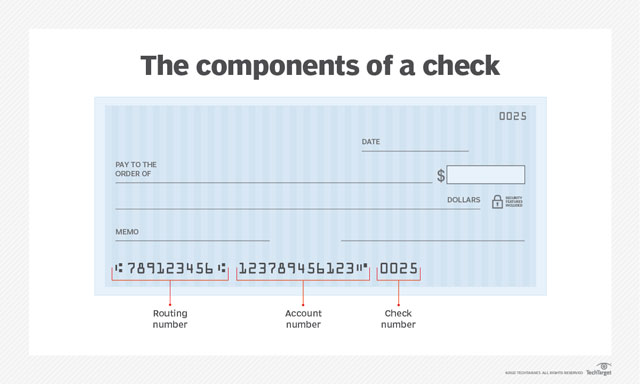
All are printed using special MICR ink
The print technique utilized to enable a machine to read, process, and record information is referred to as a magnetic ink character recognition line.
These are something to focus:
-
The string of characters at the bottom left of a personal check that comprises the account, routing, and check numbers is referred to as magnetic ink character recognition.
-
MICR numbers are intended to be read by both humans and machines.
-
Because of the usage of magnetic ink and unique typefaces, they can't be faked or replicated.
-
The technology's advantages include improved fraud detection and check processing automation.
How Does MICR Work?
MICR technology plays an important function in banking.
It enables a computer to scan a check and insert the information into records fast, even if the computer lacks advanced visual identification software.
Magnetic ink is the secret to this technique.
To be functional, the magnetic ink number line must originate from a printer that uses magnetic ink or toner.
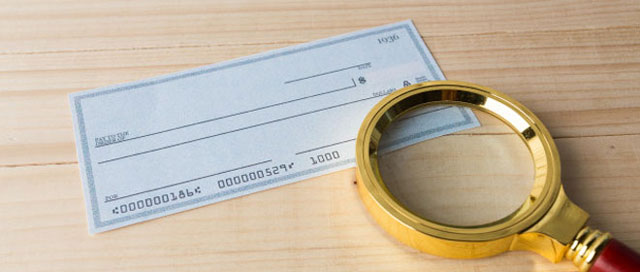
How does MICR work?
The small magnetic traces in the ink may then be read by other equipment.
When a computer scans a check using magnetic ink, it can read the numbers even if the characters have been obscured by signatures, bank stamps, or other markings.
This unusual security feature employs a customized typeface in addition to magnetic ink.
The E-13B font is most commonly used in North America and the United Kingdom. Institutions throughout South America and Europe use the CMC-7 font.
The font is computer-readable yet still legible enough for humans to read the marks that contain unique squares and stressed lines that help a computer orient the text.
What Are The Advantages Of The MICR String?
MICR technology offers many benefits with the most important feature to focus on is Fraud detection.
Let’s check below for details.
Fraud detection
Fighting fraud is a never-ending challenge in the financial services business.
Fraud is defined as a purposefully false conduct intended to provide the offender with an illicit gain.
Fraud includes tax fraud, credit card fraud, wire fraud, securities fraud, and bankruptcy fraud.
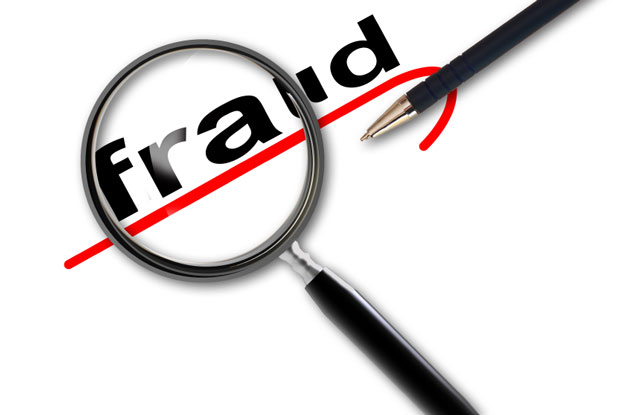
Fraud detection
By combining tamper-proof magnetic ink and distinct typefaces, the magnetic ink character identification line makes several types of financial fraud difficult.
As a result, MICR makes it harder to change checks.
Banks and other financial organizations employ MICR technology to reduce losses since it aids in the detection and prevention of fraud.
Other advantages
Of course, the most significant advantage of this technology is that it minimizes the likelihood of fraud, but that is not the only thing it accomplishes.

Other advantages of MICR string
-
Accuracy: Because of the unique ink used to print the characters, MICR characters may be read through markings such as stamps and signatures.
-
Processing rates: Using a MICR reader, a check may be processed fast.
-
Error rates are low: MICR has a low mistake rate when compared to other character recognition systems. According to the technology review site Techwalla, there is normally one read mistake for every 20,000-30,000 tests.
-
Security: Because the printed characters cannot be modified, MICR is more secure than optical character recognition.
MICR Check Scanner
A clearinghouse, a bank, or both processes each check that is submitted.
They confirm the check and complete the transaction, debiting the appropriate amount from one account and crediting it to another.
Reading the identifying information on the check is part of that procedure. The MICR line automated that operation.
A scanner, also known as a reader-sorter computerized machine, is used to process the magnetically printed information on checks, such as the routing number, account number, and check number.
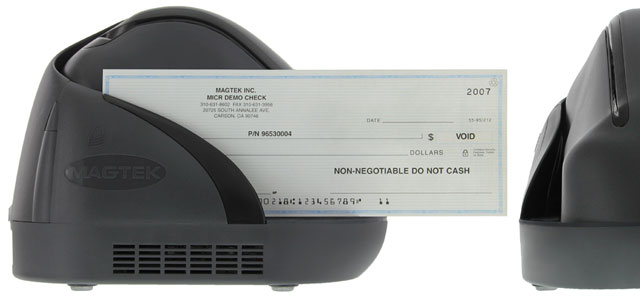
MICR Check Scanner
A check may be read numerous times at extremely fast rates throughout the clearing process.
According to Troy Group, a manufacturer of MICR-adapted printers and related equipment, a single reading takes less than 1/1000th of a second.
Practices Of MICR String
Here are 9 recommended practices of MICR string that you will need to know:

9 MICR practices
Image resolution
Checks should be scanned at a resolution of at least 100 dpi grayscale or 200 dpi bitonal.
The file's resolution reference value should reflect the actual scanning resolution.
JPEG compressed check pictures frequently have an erroneous resolution tag.
JPEG file resolution is commonly set to 72dpi or 96dpi by default, even if the real scanning resolution may be 200dpi.
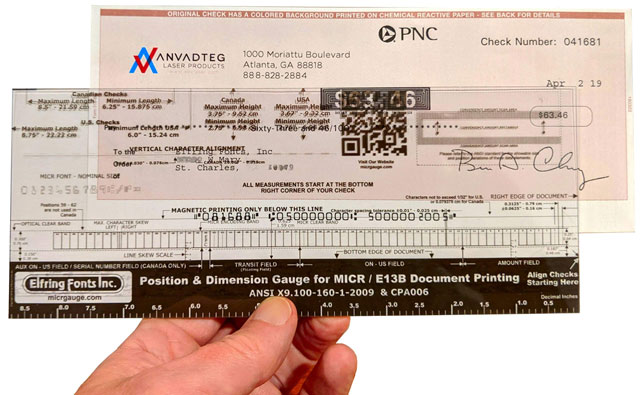
Image resolution
If the actual scanning resolution is known but mistakenly specified in the file, assign the right resolution values to “CcMicrReader”, “Image.HorztDpi” and “CcMicrReader. Image.VertDpi”.
Camera photos (including mobile phone photographs) lack appropriate resolution.
Set the emrfExtendedMicrSearch flag in "CcMicrReader. Flags" to read MICR from such pictures.
Also, set "CcMicrReader. MaxMicrCount" to 1 to read just the bottom MICR line.
MICR Line Location and orientation
The "CcMicrReader.FindMICR()" function anticipates that the MICR line will be at the bottom of the picture and roughly horizontal.
To read MICR, use the "CcMicrReader.ExtractCheck()" method if the placement and/or orientation of the MICR line is arbitrary.
This approach also obtains the right orientation of the check part of a picture.
In the "CcMicr. Document" properties, the location of a check portion may be found in the original document here: bottom, right, and left.
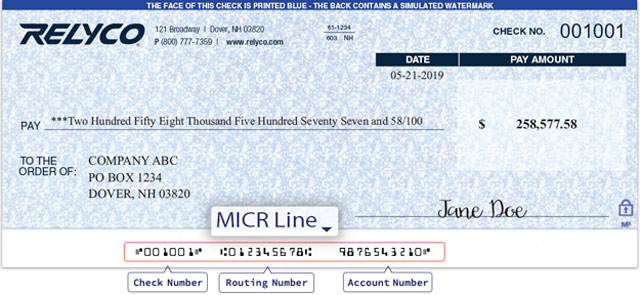
MICR Line Location and orientation
Multiple MICR lines
Many MICR lines could be present in an image, such as an IRD picture, a check image with a coupon, or corrections strips, or multiple checks on a single image.
"CcMicrReader.FindMICR()" reads several lines in the sequence from bottom to top. Set "CcMicrReader.MaxMicrCount" to 1 to read just the bottom MICR line.
The MICR resolution of the check image component of IRD (substitute check) is unknown since it can be resized. To read the MICR on an IRD check:
-
To keep the integrity of this MICR line, scan at a higher resolution, such as 150 dpi grayscale or 300 dpi bitonal.
-
To compensate for an unknown scale factor, set the "emrfExtendedMicrSearch" flag in "CcMicrReader.Flags."
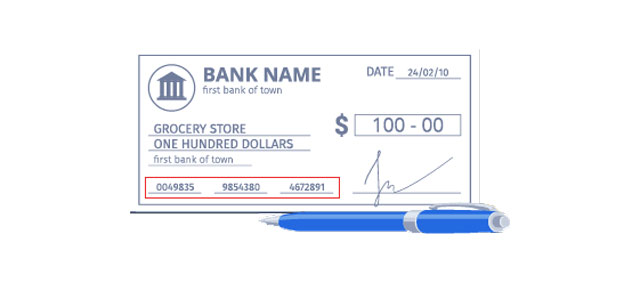
Multiple MICR lines.
ABA and Non-US checks
CcMicrReader supports the E-13B MICR fonts described in X9.100-20. CMC-7 fonts are not supported.
Set the "emrfEnforceAbaParsing" flag in "CcMicrReader.Flags" to enforce compliance X9.100-160 (previously X9.13).
Non-US checks can be read if the flag is not set.
Individual fields are parsed as long as the MICR line format is similar to the ABA standard.
However, if necessary, the program can always execute its own parsing.

ABA and Non-US checks
Routing number
The routing number is used to identify the issuing bank.
In the United States, it is a 9-digit number made up of 8 digits for "CcMicr.Routing" and 1 digit for "CcMicr.RoutingChecksum."
If the checksum is correct, the route number has 100% confidence.
Concatenate "CcMicr.Routing.TextANSI" and "CcMicr.RoutingChecksum.TextANSI" to get 9 digit routing.
Text formats
The following formats can be used to acquire the text value of a MICR line and individual fields:
-
"CcMicrInfo.TextANSI" - The fields are prepared in accordance with X9.100-180 (formerly X9.37)
Symbols: Routing: #, On-Us: /, Amount: $, Dash: -, Can't Read: *
-
"CcMicrInfo.TextRaw" returns all MICR characters.
Symbols: Routing: T, On-Us: U, Amount: A, Dash: D. Can't Read:?, Space: _
-
"CcMicrInfo.TextPacked" - The same as "CcMicrInfo.TextRaw" with the exception that "space" is removed.

Text formats
Poor quality image
If the picture is of low quality and the MICR line cannot be read, try setting the "emrfExtendedMicrSearch" flag in "CcMicrReader.Flags."
This causes a slower but more comprehensive MICR reading algorithm to be activated.
Individual MICR line characters may be harmed by low quality or other factors, such as handwriting.
The value and confidence attributes of the primary (ECmFieldType.emftChr) and secondary (ECmFieldType.emftChrAlt) characters in each MICR line position are obtained using examples.
If the margin of error between the primary and alternate values is less than 15%, a substitution mistake could have taken place.
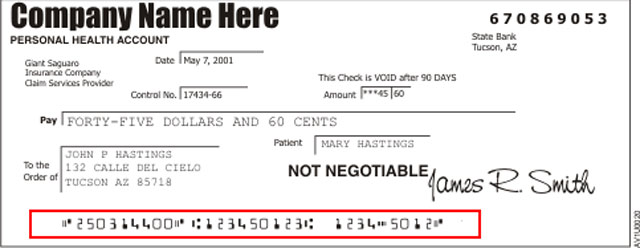
MICR code
Recognition speed
The "emrfExtendedMicrSearch" setting in "CcMicrReader.Flag" facilitates better camera and poor image reading.
However, it may greatly slow down reading. If your photos only include one MICR line, set "CcMicrReader.MaxMicrCount" to 1 to speed up identification.
UtilizingClearImage Repair and Tools before reading MICR
Before reading MICR, it might be necessary to pre-process the picture using CiRepair and CiTools class methods.
Use the "CcMicrReader.Ci" object to construct these classes' objects in such circumstances.
For instance:
| CiRepair repair = reader.Ci.CreateRepair() |
|---|
A line of characters on a check printed with a particular ink that enables the characters to be read by a reader-sorter machine is known as a magnetic ink character recognition line (MICR).
Check processing could be automated thanks to the MICR reader-sorter process, which also made it more challenging to make fake checks.
The MICR system was used in the late 1950s.
It was a significant advancement since it allowed for the automation of check processing while making check fraud more challenging.
The system was embraced by banks throughout.
Because of this, bank checks have a consistent format. It must be for the readers to be able to read the MICR digits.
Just as it is technically feasible to print checks using non-MICR toner, it is technically conceivable to produce checks using a MICR toner cartridge and a regular laser printer.
But that doesn't imply you should choose one over the other!
While printing checks, MICR toner in a MICR printer is a need if you wish to adhere to ANSI requirements.
Manufacturers of MICR laser printers can promise that the MICR line will be legible or usable, whereas those of conventional laser printers cannot.
Conclusion
Not all inks are created equal, especially when it comes to business checks. Now that you have known about MICR String and how important it is. Hopefully, you have all the information you need in this post!
![Barcode Sizes Explained & FAQs: An Ultimate Guide [The Latest]](https://barcodelive.org/filemanager/data-images/imgs/20221031/Barcode-Sizes-Tutorial_1.jpg)
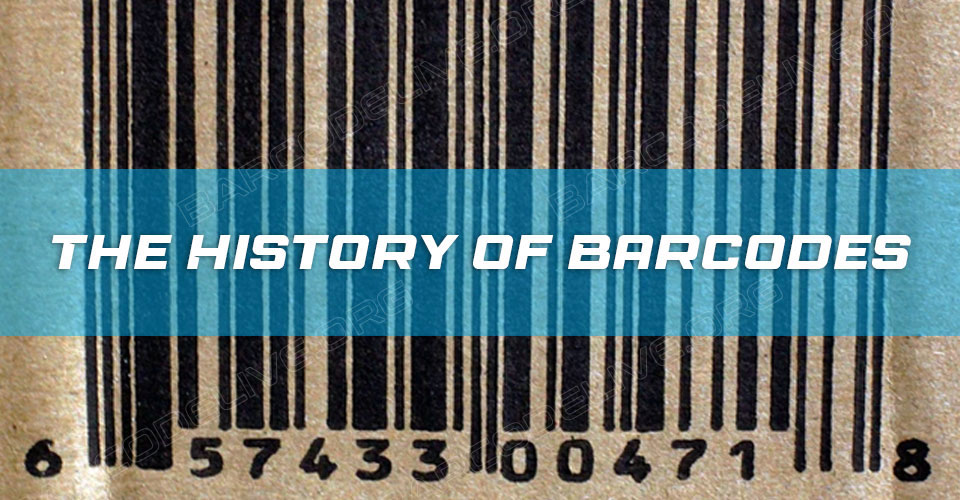
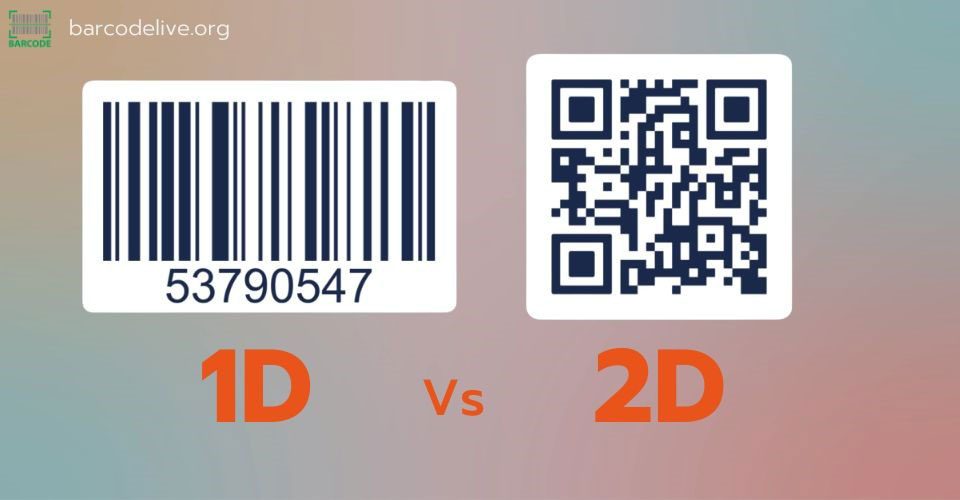
11 Comments
tsSLAueP
e
Leave a Comment
Your email address will not be published. Required fields are marked *Leo Bennett
How do OCR, OMR and MICR differ?
Leave a Comment
Your email address will not be published. Required fields are marked *Barcodelive
Good question there. MICR uses magnetic particles in the ink to determine the letters. OCR just looks at the shape of the letters. OMR is somewhat more simple, in that it looks and determines if something is filled in or not (think scantron), and doesn’t
Leave a Comment
Your email address will not be published. Required fields are marked *Zara Anderson
I've never heard about MIRC before. Excellent post! Thanks for the amazing content
Leave a Comment
Your email address will not be published. Required fields are marked *Barcodelive
Glad it is helpful
Leave a Comment
Your email address will not be published. Required fields are marked *Georgia Foster
Thank you very much for such an in-depth article
Leave a Comment
Your email address will not be published. Required fields are marked *Barcodelive
Thank you
Leave a Comment
Your email address will not be published. Required fields are marked *Alexis Turner
Do you know what kind of printers use magnetic ink?
Leave a Comment
Your email address will not be published. Required fields are marked *Barcodelive
Of course, MICR printers
Leave a Comment
Your email address will not be published. Required fields are marked *Lennox Brooks
I'm curious about who discovered MICR?
Leave a Comment
Your email address will not be published. Required fields are marked *Barcodelive
Well, the Stanford Research Institute and General Electric Computer Laboratory had developed the first automated system to process checks by the mid-1950s, which is called MICR
Leave a Comment
Your email address will not be published. Required fields are marked *Leave a Comment
Your email address will not be published. Required fields are marked *